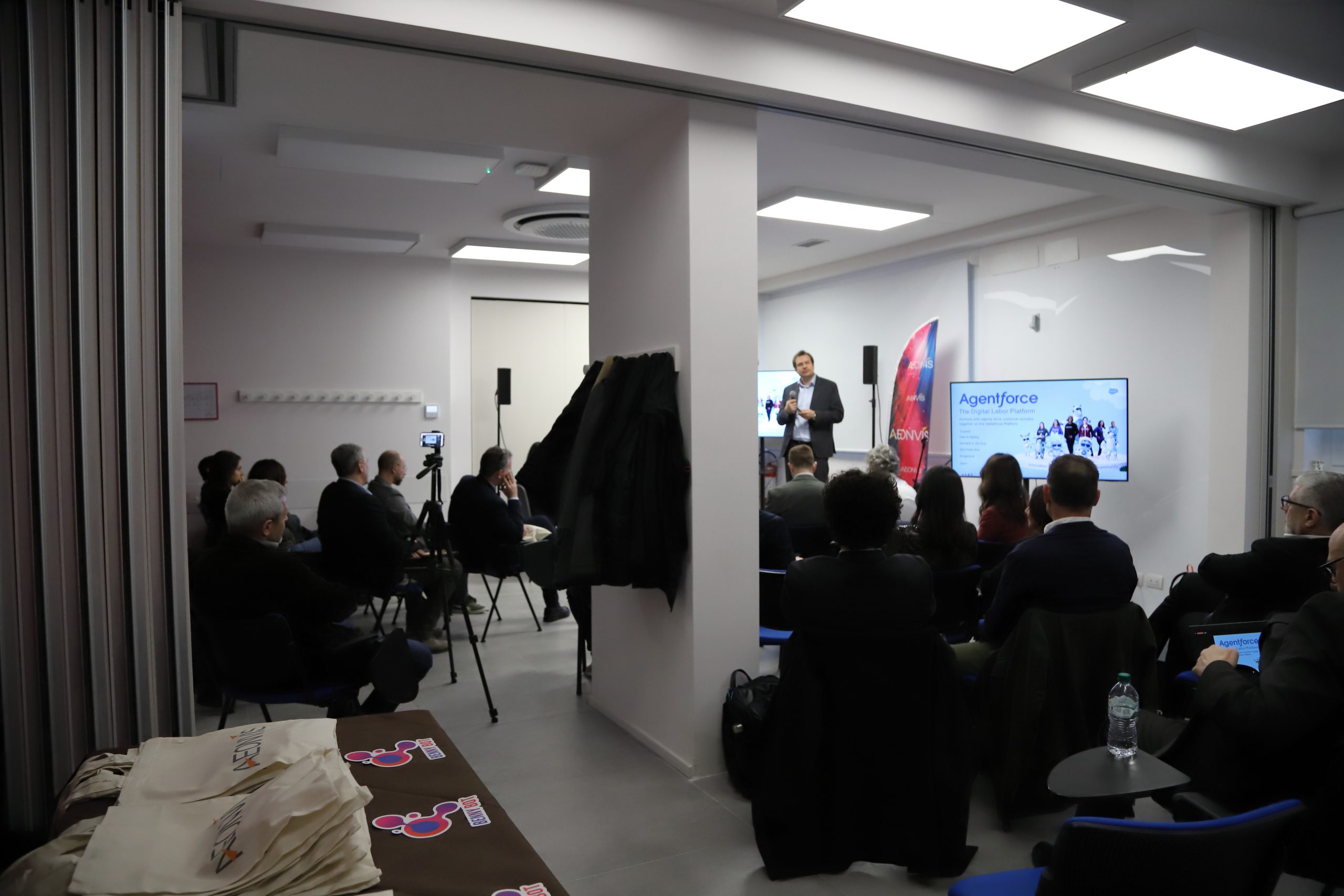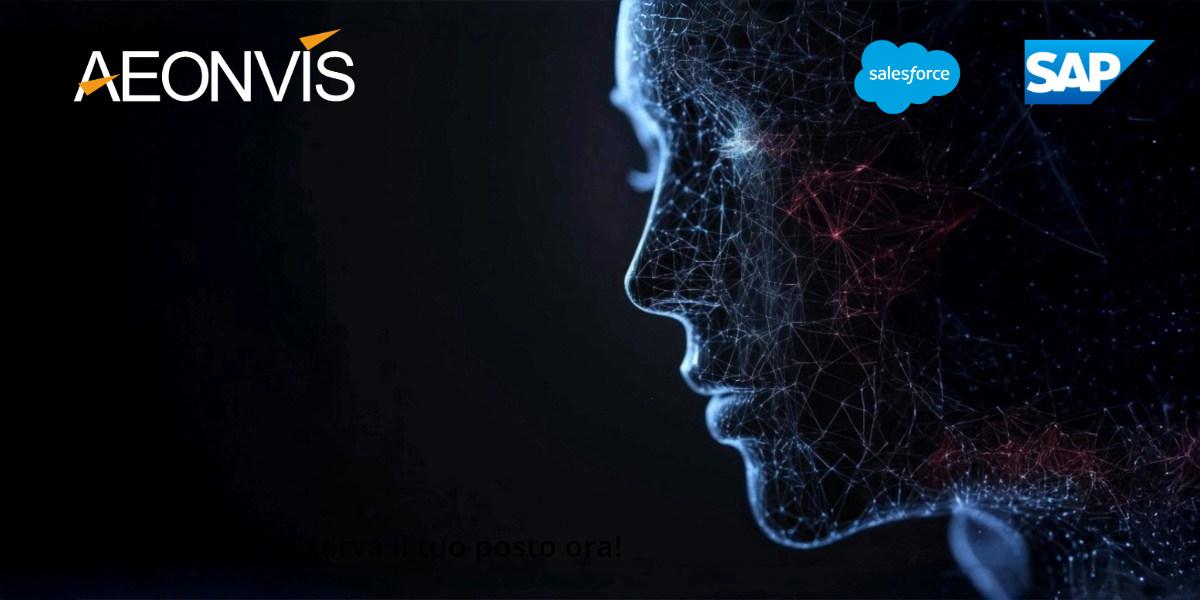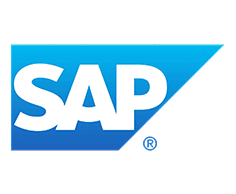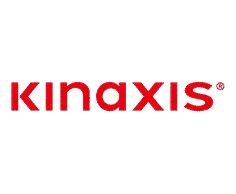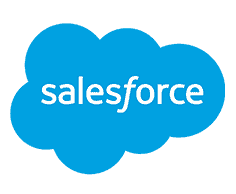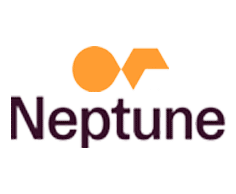Artificial intelligence is talked about daily, and for the past few months, it has been discussed particularly persistently. There are various schools of thought, but they all share the belief that AI represents the revolution of the century, and keeping up with it is the only option for companies today to stay relevant and competitive. As proof of how AI progresses day by day, today we will talk about Salesforce Marketing GPT, a product that harnesses the power of artificial intelligence, providing marketing professionals with a user interface connected to AI for generating content, offers, and personalized customer journeys. By accelerating the most time-consuming and mundane tasks, marketing professionals are free to showcase their creativity and achieve more advanced personalization.
 Marketing users will interact with GPT using natural language. This emphasizes the importance of keeping critical thinking engaged, which is typical of human decision-makers in every interaction. Thanks to Salesforce Marketing GPT, marketers will be able to increase their productivity and effectiveness by focusing on strategic activities and delegating operational tasks to AI. At this point, the obvious question arises: how can AI be adopted in a meaningful way for one’s organization? Let’s discover together!
Marketing users will interact with GPT using natural language. This emphasizes the importance of keeping critical thinking engaged, which is typical of human decision-makers in every interaction. Thanks to Salesforce Marketing GPT, marketers will be able to increase their productivity and effectiveness by focusing on strategic activities and delegating operational tasks to AI. At this point, the obvious question arises: how can AI be adopted in a meaningful way for one’s organization? Let’s discover together!
Salesforce Marketing GPT: how it works
Before explaining specifically how the new Salesforce Marketing GPT works, let’s begin by stating that both solutions are based on Data Cloud, Salesforce’s platform that allows data from various sources to be integrated and analyzed. With this premise in mind, let’s explore the opportunities offered by these new AI solutions from Salesforce. The new Salesforce Marketing GPT enables the smart generation of personalized emails, audience segments, and marketing campaigns, optimizing performance and ROI (Return on Investment).
Salesforce Marketing GPT: creating segments

The “content creation” feature (available in its pilot phase during the summer and in General Availability in October 2023) allows for identifying audience segments, a crucial process since targeting is at the core of any marketing campaign. The AI leverages its ability to understand natural human language and integrates it with the vast database of Data Cloud to provide marketers with reliable targeting. This feature is complemented by Segment Intelligence for Data Cloud (available in General Availability from October 2023), which combines various data (revenue, first-party, and third-party data) to increase audience engagement and optimize Return on Investment.
Salesforce Marketing GPT: email content creation
Email content creation (available in pilot phase from October 2023 and in General Availability from February 2024), as the name suggests, can create personalized emails based on the directives and tone of voice set. This is a very useful way to reduce the workload during the writing phase. Finally, Salesforce Marketing GPT includes other features called Rapid Identity Resolution, Segmentation, and Engagement, which summarize the main targeting capabilities mentioned above, updating in real-time: customer information and profiles in Data Cloud, thus optimizing the accuracy of campaigns. Specifically, when a marketer creates an email, they can:
Generate messages using content that performed well in previous campaigns. This content delivery is powered by Data Cloud;
Ensure GPT automatically adds relevant personalized email components to the prompt. For example, three variations of the subject line can be generated based on the emails that performed the best. The marketer then has the decision-making power to accept the suggestions or opt for A/B testing.
Salesforce Marketing GPT: Segment Intelligence for Data Cloud
 A particularly interesting feature when discussing Salesforce Marketing GPT is Segment Intelligence, which helps marketing professionals understand campaign performance relative to an audience segment by showing ROI through the automatic linking of proprietary data, revenue data (from Salesforce Opportunities), and paid media data (Meta/Google).
A particularly interesting feature when discussing Salesforce Marketing GPT is Segment Intelligence, which helps marketing professionals understand campaign performance relative to an audience segment by showing ROI through the automatic linking of proprietary data, revenue data (from Salesforce Opportunities), and paid media data (Meta/Google).
Salesforce Marketing GPT: Rapid Identity Resolution, Segmentation, and Engagement
Delivering the right message at the right time is certainly one of the most important aspects of personalization. This is made possible through the automatic updating of customer identities in Data Cloud, ensuring timely and accurate updates. Thanks to the use of artificial intelligence, it is possible to identify users who have engaged in the design of multichannel experiences, treating them as a single individual. Regarding timing, rapid identity resolution will be available in October 2023, while rapid segmentation will be available by the end of summer 2023.
Salesforce Marketing GPT: Partnership with Google Cloud Platform (for Data Cloud)

Salesforce recognizes that customers may have data in external systems. The new partnership with Google Cloud Platform enables organizations to bring data and large language models (LLM) from Google to support what happens within Salesforce. BigQuery: This is a secure connection between Data Cloud and external data outside the Salesforce platform, allowing it to be viewed in Salesforce as if it were stored there. Users will be able to run queries on first-party CRM data (known data) and other data stored in Google Cloud Platform directly, and then use it within Salesforce Data Cloud. Vertex AI: Creation of artificial intelligence models in Vertex, which can then be brought into Salesforce to use alongside the data provided by the platform.
Conclusions
After this careful analysis of how Salesforce Marketing GPT is structured, let’s rewind and go back to the question we asked at the beginning: how can AI be adopted in a meaningful way for one’s organization? The use cases targeted by Marketing GPT encourage rapid adoption by users. The uniqueness of Marketing GPT also lies in its ability to accelerate the various tasks involved in a campaign: from discovering what has historically worked, to audience segmentation, to queries and analysis. This functionality makes content creation fast and scalable, thanks to Salesforce’s user interface, which contains everything needed in one place.

Moreover, thanks to the use of Data Cloud, the GPT functionality will be even more powerful due to its ability to personalize and unify data. Even for those who have not purchased the Data Cloud license, it will still be possible to use the GPT functionality, albeit with some limitations. In conclusion, we can assert that Salesforce Marketing GPT can only represent, if used strategically, an important aid for marketers, without ever attempting to replace the human element. The result is a significant saving of time and money, leaving creativity to the mind capable of envisioning possible worlds. Because, as we often repeat, change does not actually rhyme with disruption but with constant growth in a mindset of improvement. This is what Artmatica Partners has always aimed for, and it is this aspect that it intends to focus on in every single project, for every single client. Change is somewhat like being reborn, and we do it every day, for 20 years.

